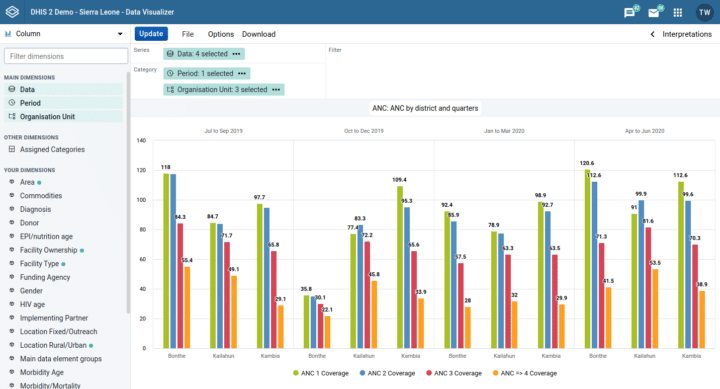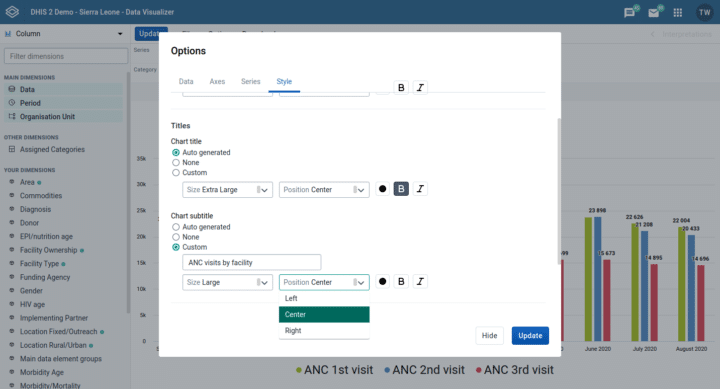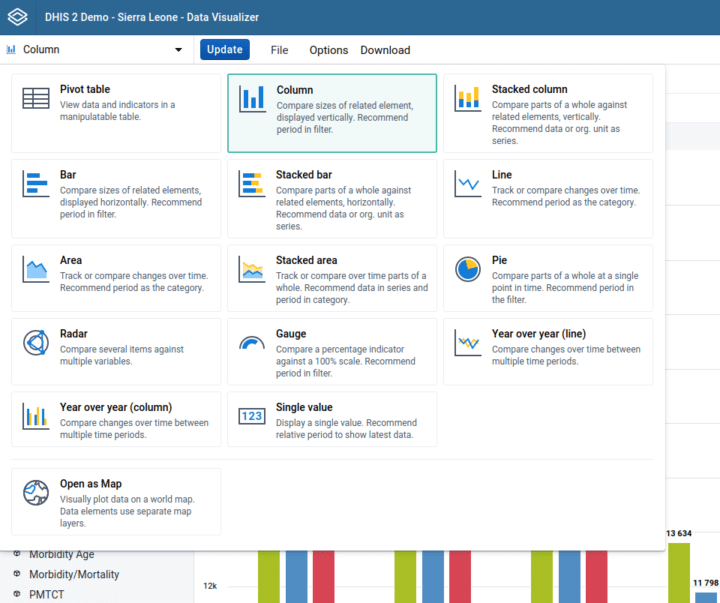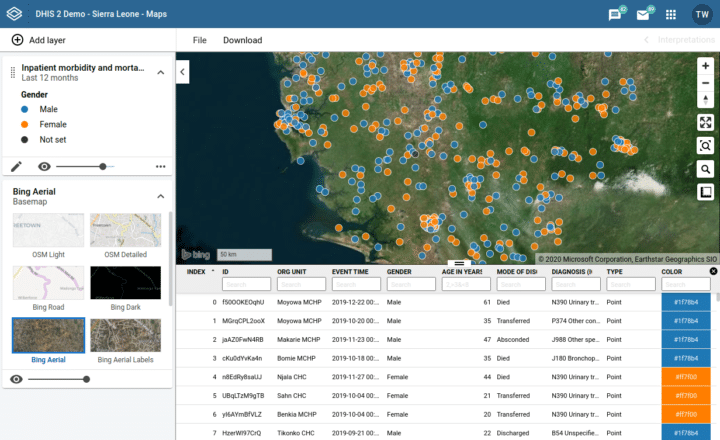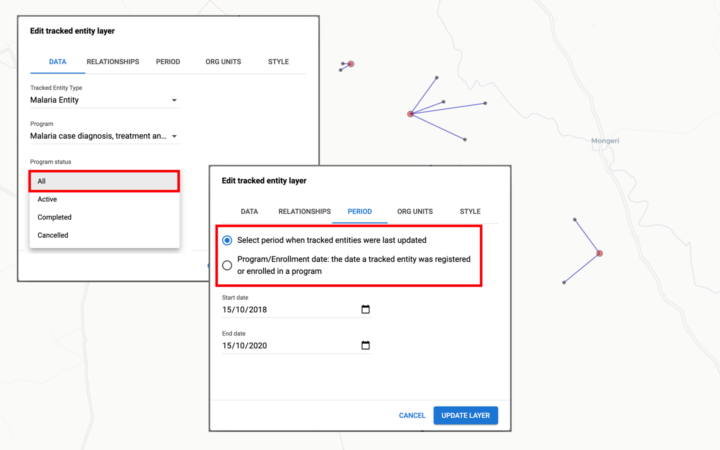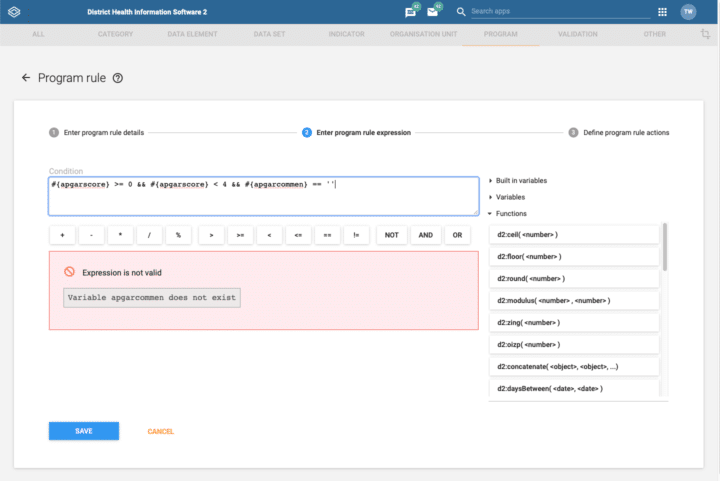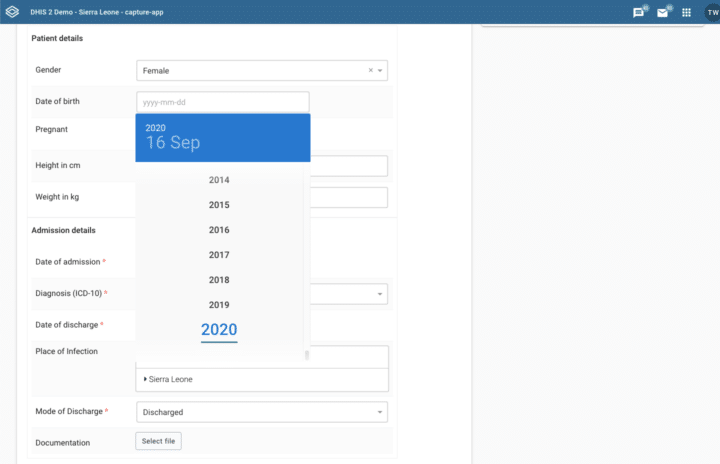
Dashboard printing
You can now easily print a dashboard, either with a single item per page or in the preset dashboard layout. This enables you to create a dashboard as a standard printed report for routine meetings or plannings. You can also save a dashboard as a PDF to be shared via email or messaging.
[ Video ][ Screenshot 1 | 2 ][ Jira ]

